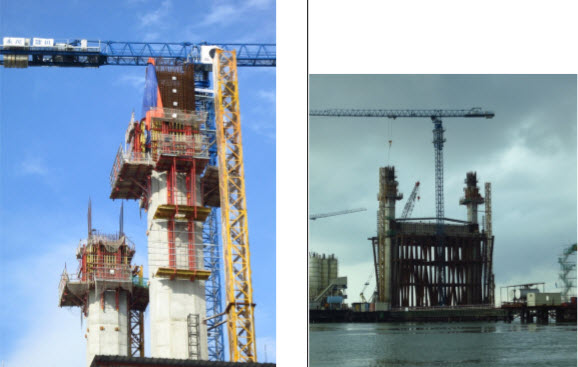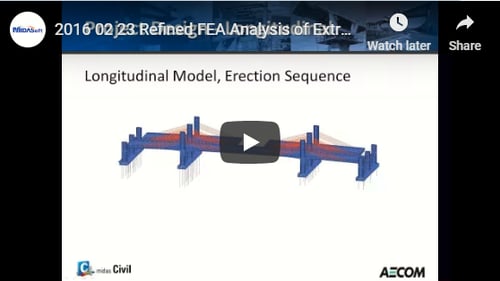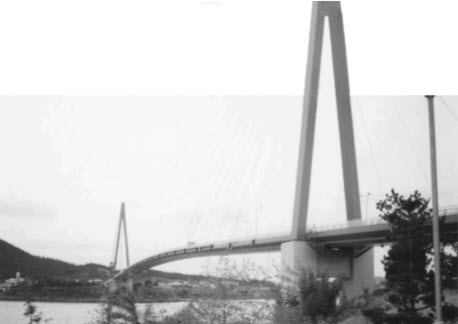The Penang Second Bridge: Main Navigation Span Cable Stayd Bridge

Author: Luciana Farias
Publish Date: 4 Sep, 2019
Ir. Cheng Kim Bong
Senior Resident Engineer Package 1- Main Navigation Span
"EXECUTIVE SUMMARY
The objective of the Construction Analysis is
- 1. To ensure that the final design profile through geometry control and stay cable force distribution is achievable
- To ensure that during construction stage bridge structural stability is enhanced and the bridge structure is not overstressed at any part
The calculations presented are meant to determine the adjustments to be made to the position of the segments to be cast, in order to achieve the prescribed profile of the bridge at the end of 30 years. The Reference Condition is that of the bridge structure under dead loads only, at the reference temperature of 30 deg C and at the end of 30 years after bridge completion.
The Reference Condition is defined on the following contract drawings:
- Deck vertical profile at the end of 30 years after bridge completion – Drawing P2B/P1/Vol2/3102
- Stay cable forces at the end of the 4th stay cable tensioning – Drawing P2B/P1/Vol22/3803
The adjustments are referred as camber calculations and are to be used in geometry control of the bridge during construction. These are illustrated in Analysis Result in Appendix C.
The pre-camber values are the inverse of the deflection values at reference condition (30 years). The deflection curve at the end of 30 years after bridge completion is shown in Figure 8.1 with maximum value of 313mm at mid span; Figures 8.5 to 8.7 show the deflection for pylon in DX, DY and DZ direction. The current step displacement between end of bridge construction and at 30 years is shown in Figure 8.2 as 140mm maximum at mid span area.
The General Construction Camber for pylons and deck segments at different construction stage is monitored as shown in the Table 8.1/8.2 and Table 8.3/8.4 respectively.
The tension and compression stresses throughout the construction are monitored. It is determined that following the construction schedule and sequence, the tension and compression in the concrete should not exceed the permissible values at any stage of the construction. The example of the value of the finding is shown in the Analysis Result in Appendix C.
The preparation of the calculations is based on the assumed construction schedule and material properties. The actual construction might deviate from the assume construction schedule and in this case, the computation must be rerun according to the progress of the construction."




Add a Comment